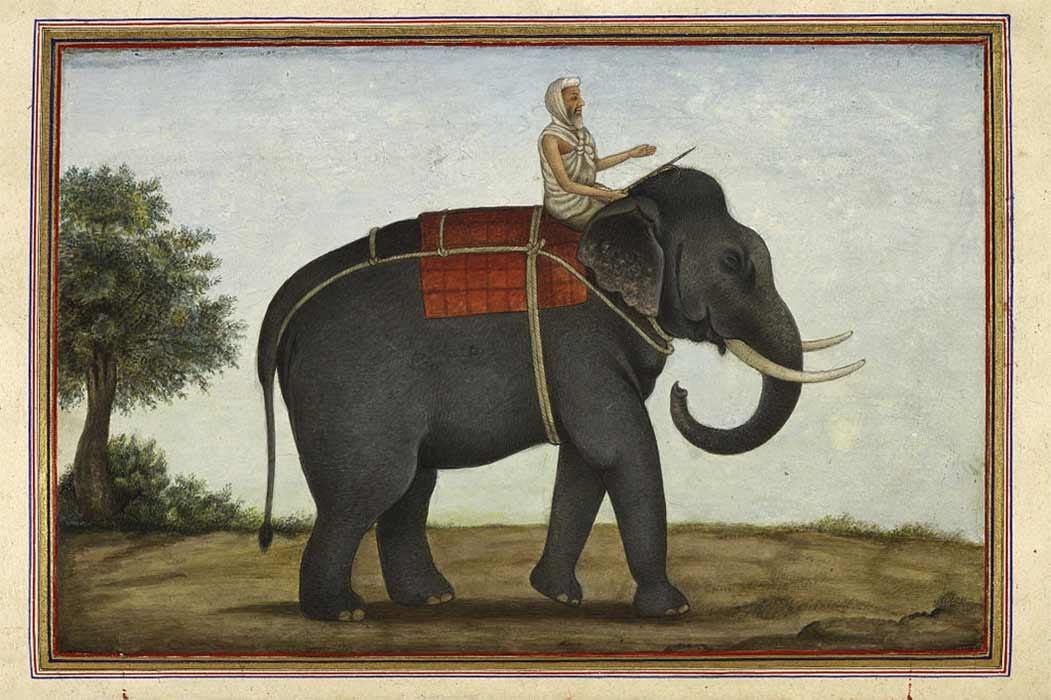The Mûmakil Elephant Slayers Of The Ancient World
In the ancient world elephants were worshiped as divine symbols, harbingers of good luck and the carriers of wisdom, but they were also deployed to intimidate opposing armies and as highly-influential tools of diplomacy. Perhaps the most archetypal image of elephants in the old world occurred around 331 BC when Alexander the Great’s army encountered war elephants as they swept westwards from Persia into India. Alexander defeated the Indian ruler Porus at the river Jhelum, in present-day Pakistan, who was said to have controlled 100,000 war elephants in his army.

Elephants are sometimes referred to as pachyderms (thick-skinned). About 50-60 million years ago, Moeritheriums were the roots from which probscideans (elephants’ ancestors) evolved. Moeritheriums were pig-size animals with a pronounced upper lip resembling that of a tapir, that lived about 55 million years ago. As these creatures evolved their heads got smaller and their upper lips became longer and more flexible until finally they became trunks. The divergence between African and Asian elephants from their common ancestors, mastodons and wooly mammoths, occurred about six million years ago. In 2009 a 200,000-year-old well-preserved skeleton of a giant prehistoric elephant was unearthed in Java. This creature was measured at having stood at around four meters (13 feet) tall and weighed in at more than 10 tons.
Keep reading with a 7-day free trial
Subscribe to Ancient Origins UNLEASHED to keep reading this post and get 7 days of free access to the full post archives.

